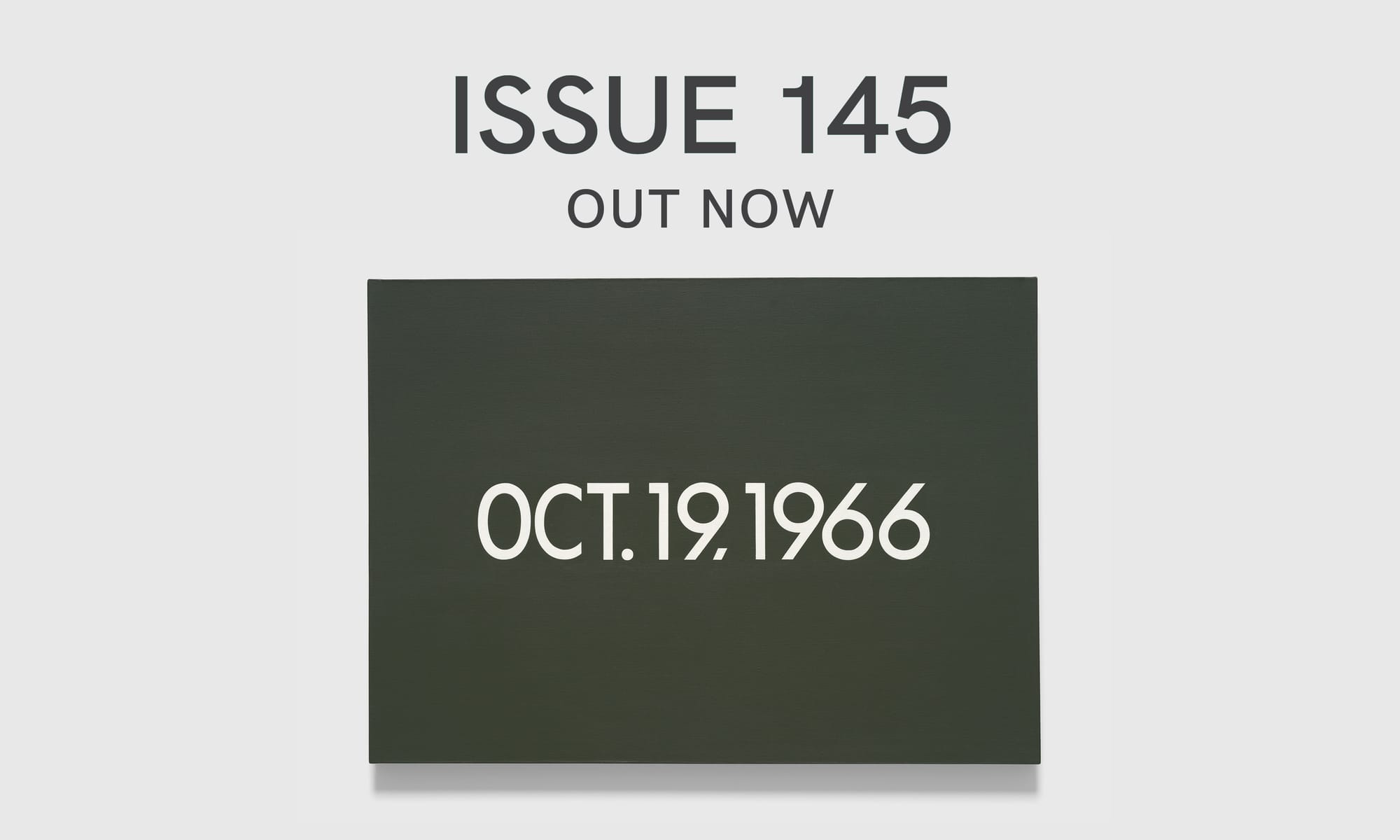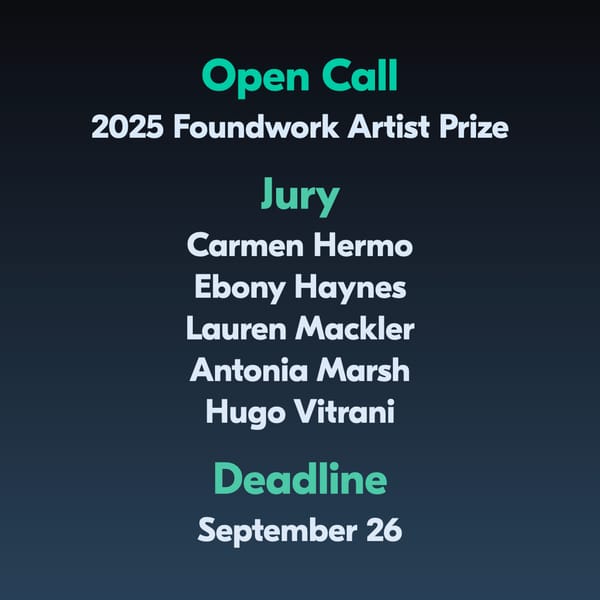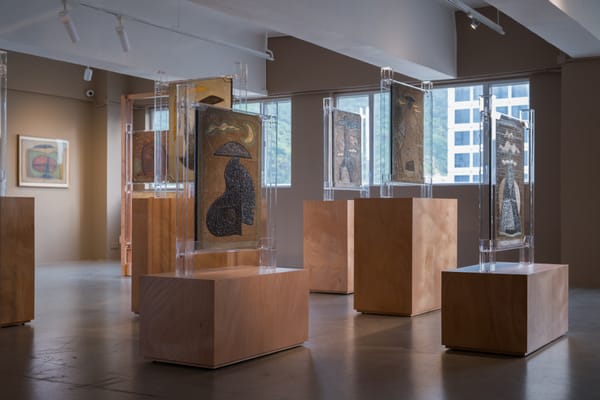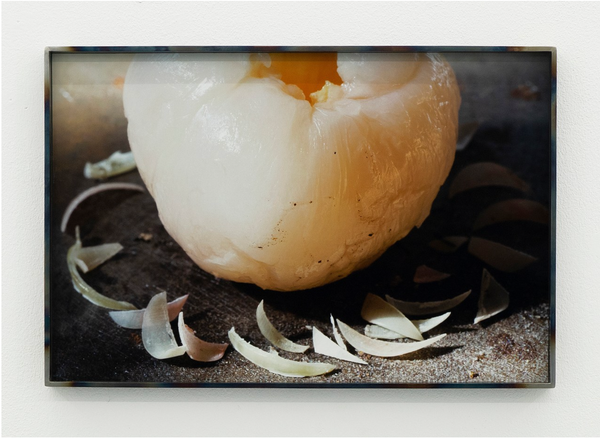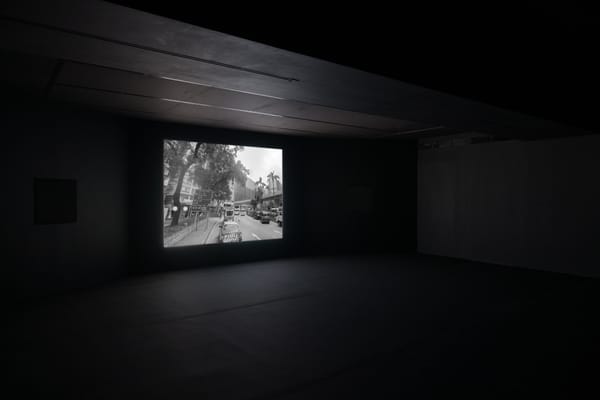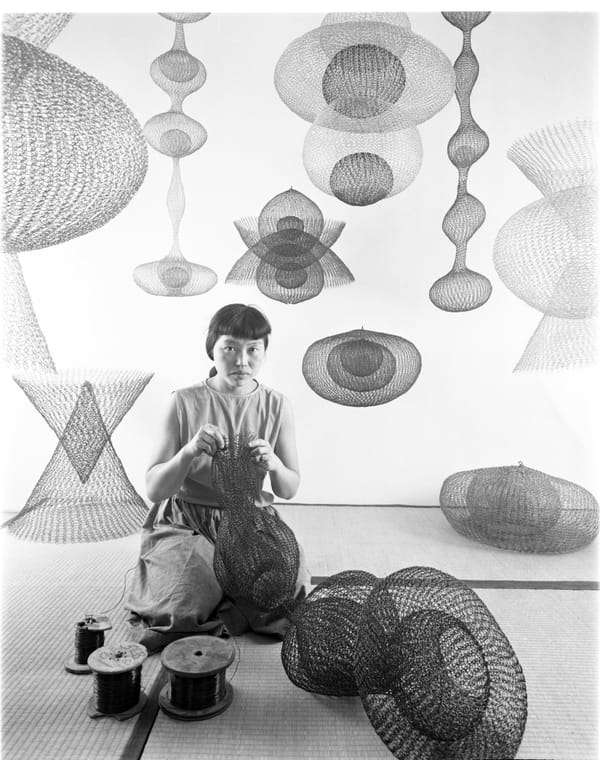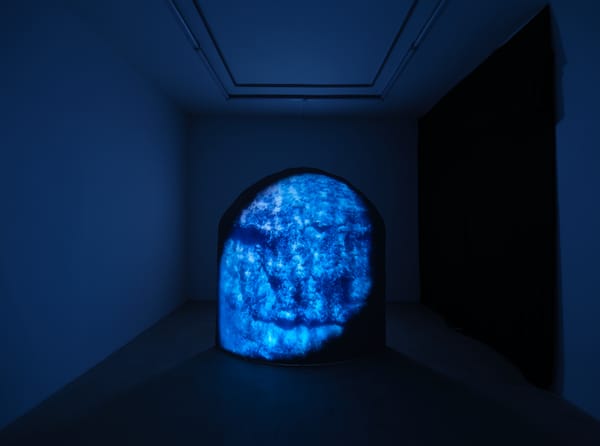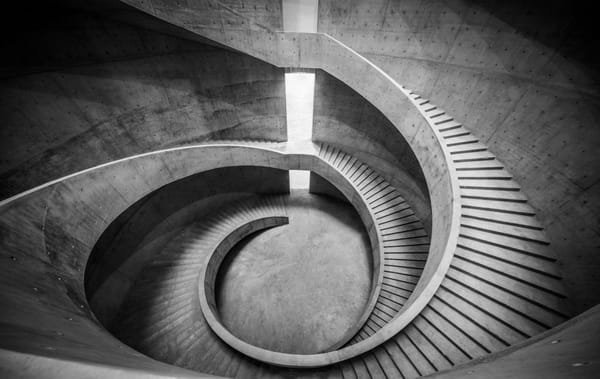Shows
Editor’s Letter: A Constellation of Presence
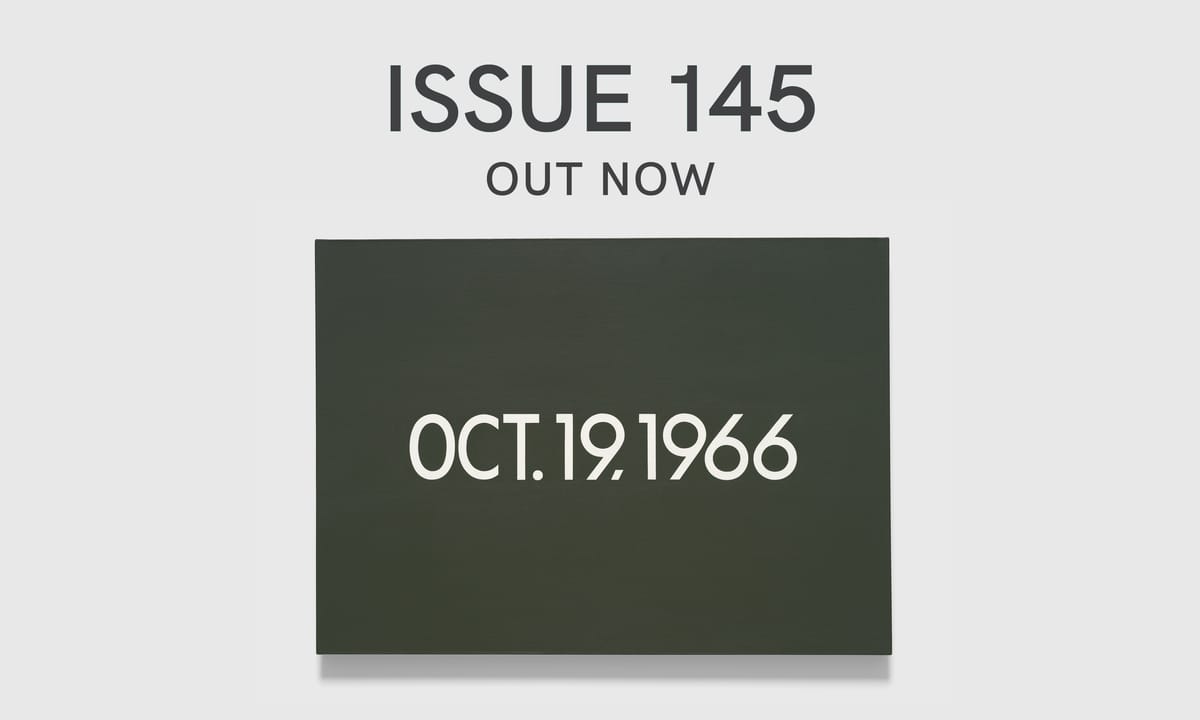
Art, at its core, is a dialogue with time—its passage, its weight, and its capacity to shape who we are and how we see the world. I’ve always been drawn to artists who engage with this dialogue, not just as creators but as philosophers of being, weaving personal and cultural narratives into works that resonate across borders. In our 145 issue, we explore a constellation of artists who probe questions of temporality, identity, and place, challenging us to reconsider our relationship with the past and present, the local and global, the individual and collective.
Our Features spotlight two towering figures whose practices, though distinct, share a relentless inquest into the human condition. We begin with On Kawara, whose work is a meditation on time itself. His seminal Today series, begun in 1966 and sustained until his passing in 2014, is explored in our cover Feature. ArtAsiaPacific associate editor Louis Lu reflects on the recent retrospective “Rules of Freedom, Freedom of Rules” at Hong Kong’s Tai Kwun, which offered an opportunity to revisit the conceptual artist’s incredible output. Each painting, postcard, telegram, map, and newspaper clipping—executed with exquisite precision—captures a single day, transforming the mundane act of noting time into a profound existential inquiry, and a quietly insistent reminder to be present.
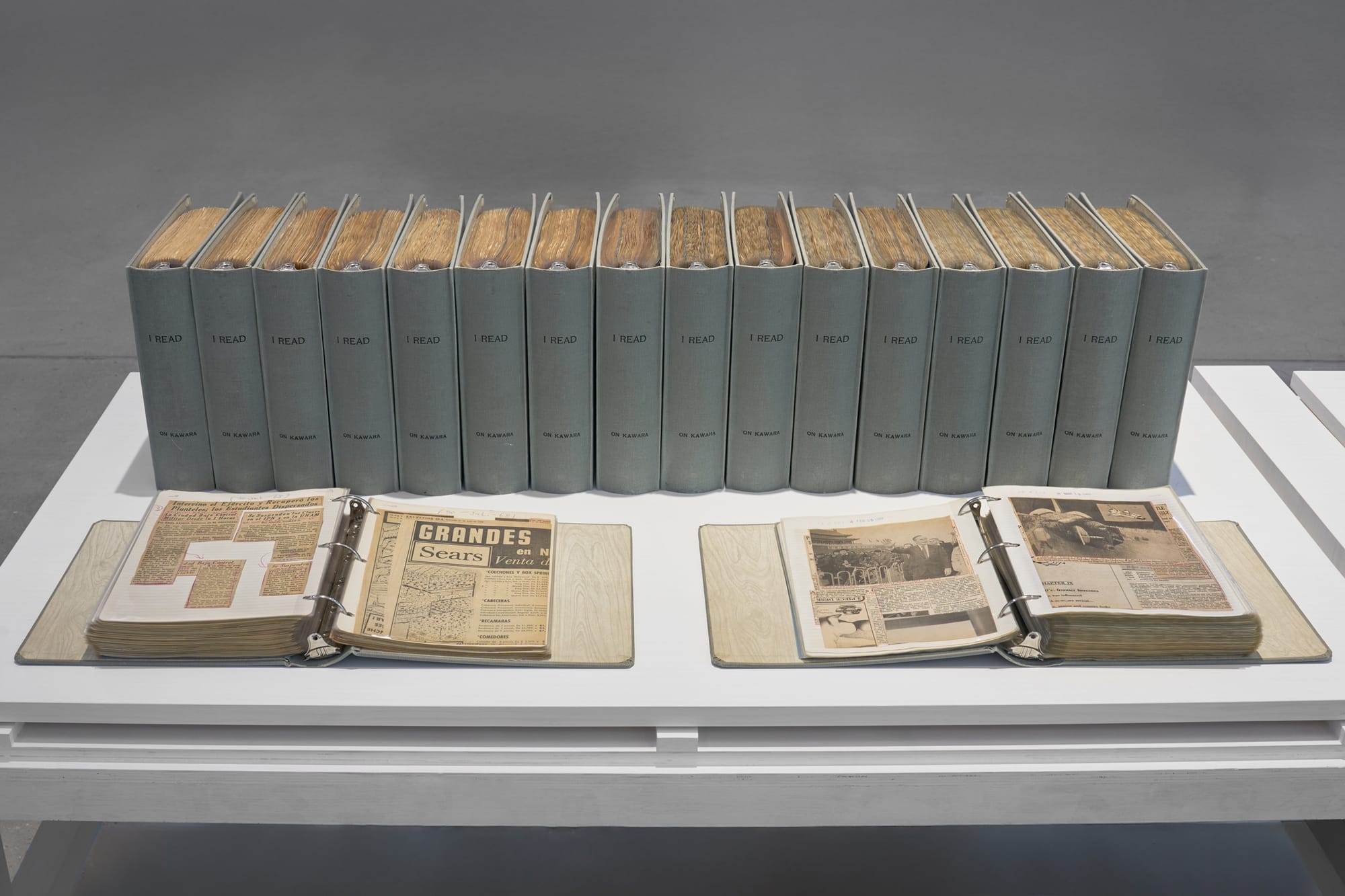
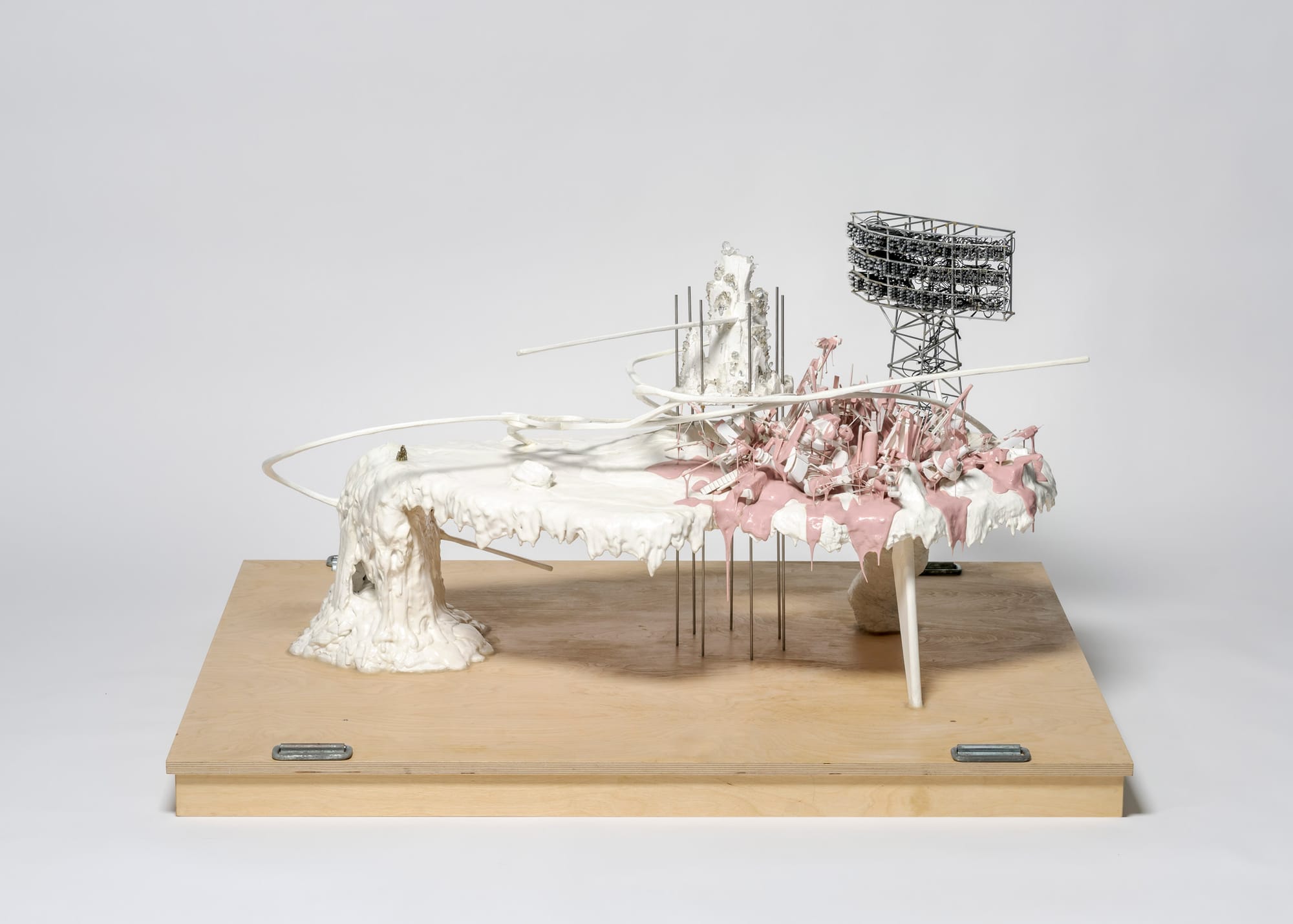
Equally compelling is our second Feature on Lee Bul, whose sculptural and performative works defy categorization. Ahead of her major retrospective at the Leeum Museum of Art in Seoul, curator Jiwon Yu traces Lee’s oeuvre, from her early performances confronting gender and power to her later architectural fantasies. Yu writes: “Lee’s practice refuses to isolate nostalgic mourning and utopian longing, instead drawing them into a zone of perpetual unfinishedness—where desire, loss, and potential coexist in uneasy suspension.” Her shimmering, fragmented forms, reifying South Korea’s rapid modernization, reflect the intersections of memory, progress, and possibility.
In Up Close, AAP editors expand this conversation with three artists who share a commitment to the poetics of place and being in their recent projects. We look at Lee Kit’s solo show at the Fridericianum in Kassel, featuring new work speaking to resilience and impermanence; Meta Enjelita’s Inner Monologue (2025), a textile installation at ArtJog in Yogyakarta, offers a meditation on how materiality can carry the weight of cultural memory, bridging past and present. At London’s Tate Modern, Do Ho Suh’s Nest/s (2024)—his latest recreation of former residences, rendered in translucent fabric—presents home as a fragile, portable concept.
For Inside Burger Collection, Nick Yu sits down with Sam Bardaouil and Till Fellrath. As co-directors of Hamburger Bahnhof, the two have reimagined the institution within the context of the National Gallery of Berlin, transforming it into a space that pulses with community rhythms and dialogue. Also tapped to steer the Taipei Biennial this November, they explain their interest in storytelling as an entry point for open conversations: “Fiction is a soft but powerful tool to critique politics, history, anthropology, and any possible kinds of human experiences, because it’s not confrontational.”
In Profiles, Para Site deputy director Junni Chen talks with Sheikha Hoor Al-Qasimi about her curatorial approach as she embarks on the Aichi Triennale, which opens in September, as well as the Biennale of Sydney in 2026. A visionary force behind the Sharjah Art Foundation and a key proponent for art from the non-Western world, Al-Qasimi carves spaces for artistic connections and sometimes uncomfortable, but necessary, conversations. Through her work, she cultivates encounters that help us understand what it means to co-exist. Similarly inspiring is Indonesia’s Natasha Sidharta, with whom AAP contributing editor Patricia Chen met to discuss how the Jakarta-based art patron has quietly supported her country’s trailblazing artists.
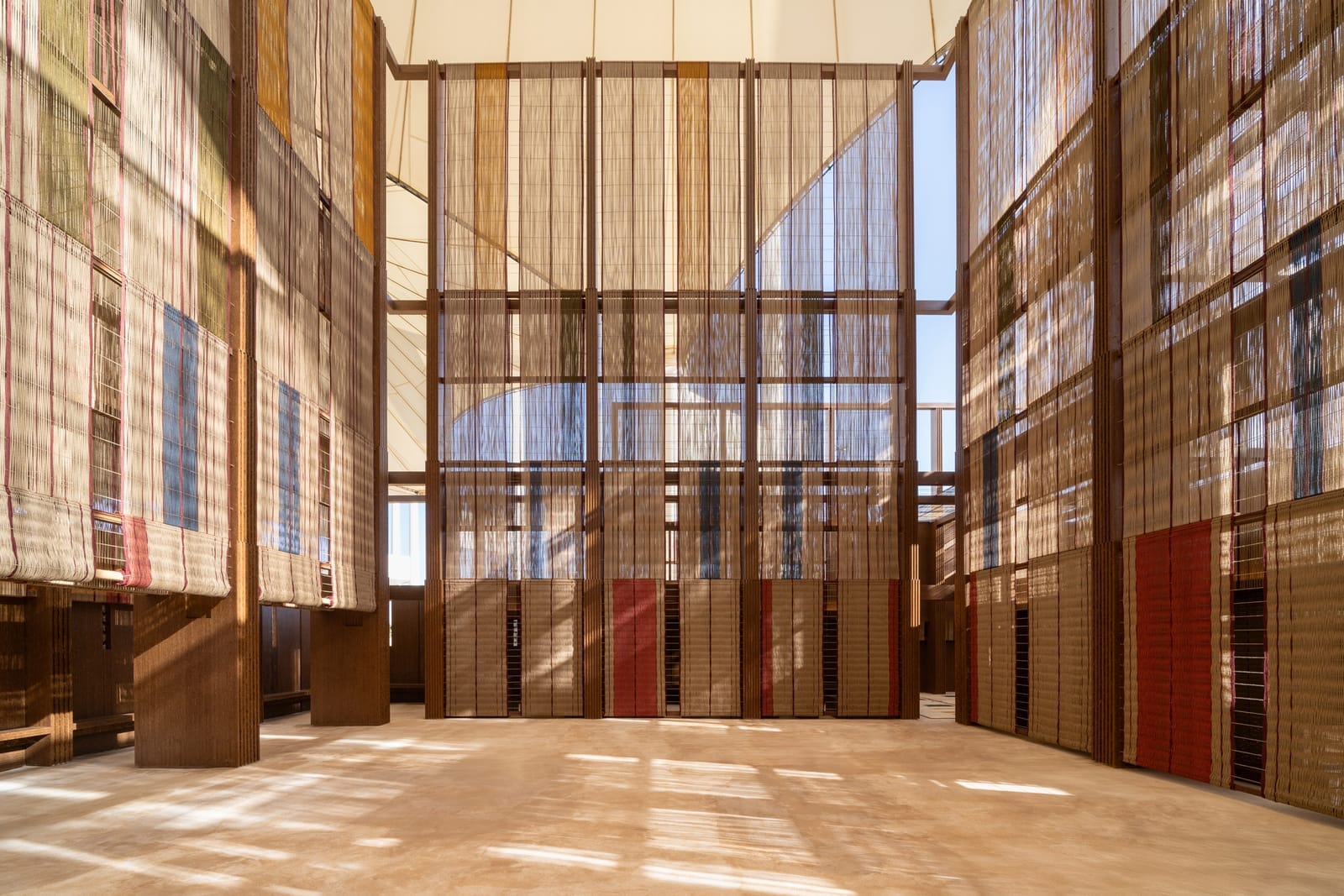
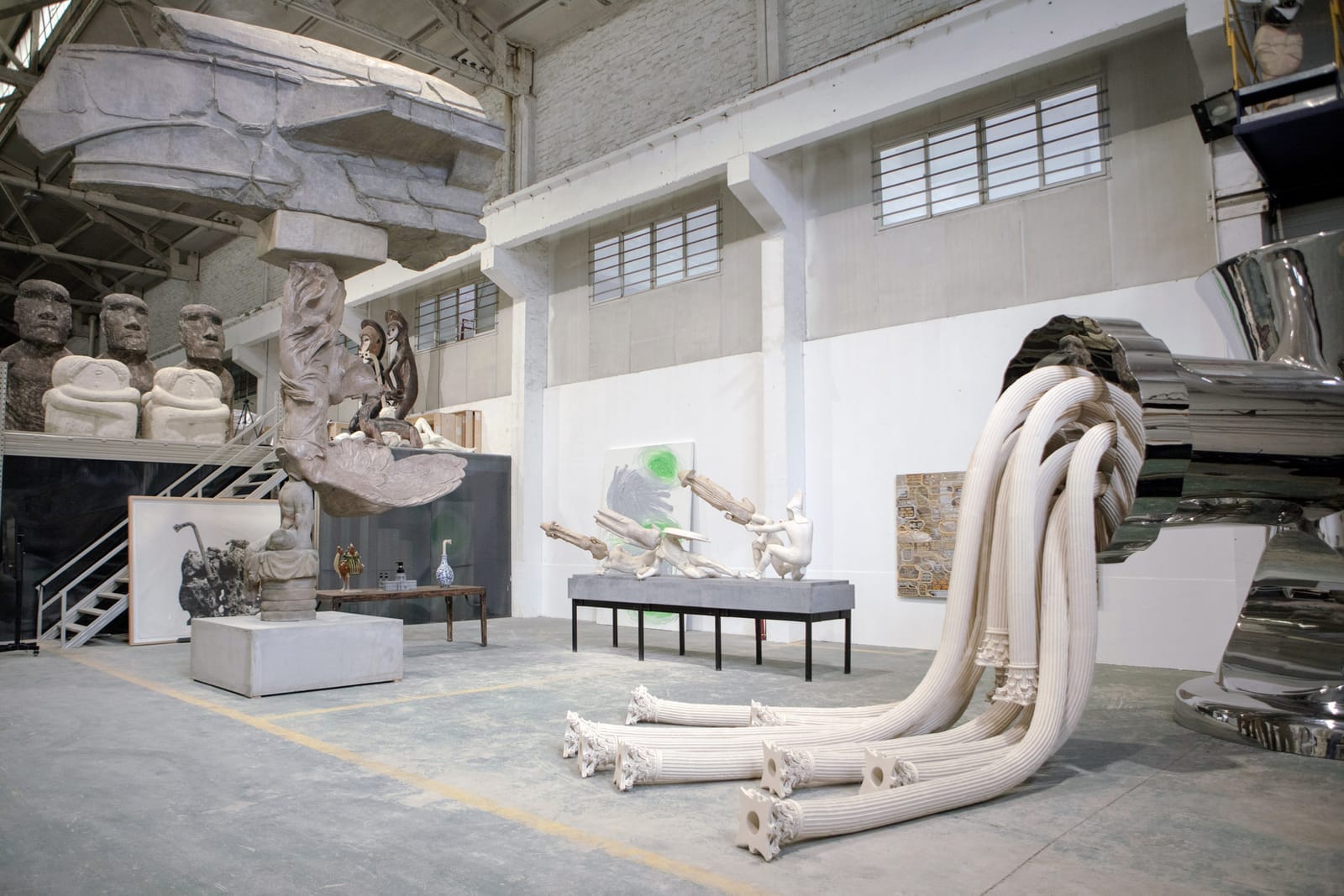
For this issue, Xintian Tina Wang files a Dispatch from New York, examining its cultural ecosystem’s adaptation and resiliency amid the Trump administration’s cuts to arts funding. AAP contributing editor Ryan Su’s essay explores sociocultural interpretations of intellectual property, examining the tradition of copying in literati ink painting, and contemplating whether Dafen art village and shanzhai counterculture have led to the democratization of art. As the international art market deflates, Seoul gallerist Won Jae Park argues in The Point for reclaiming art’s soul and restoring its transformative essence. Our longform review by Beatriz Cifuentes Feliciano contemplates the ambitious Islamic Arts Biennale in Jeddah, while AAP’s San Francisco desk editor travels to Xu Zhen’s Shanghai studio to look at his latest projects inspired by Tibet.
Finally, in One on One, photographer Greg Girard reflects on his first encounter with Paul Bowles’s writings: “Maybe one of the connections I feel with Bowles is a kind of suspension of what underpins a point of view. The thing that is strange, exotic even, for you, is the daily, often unremarkable world for everyone else.”
